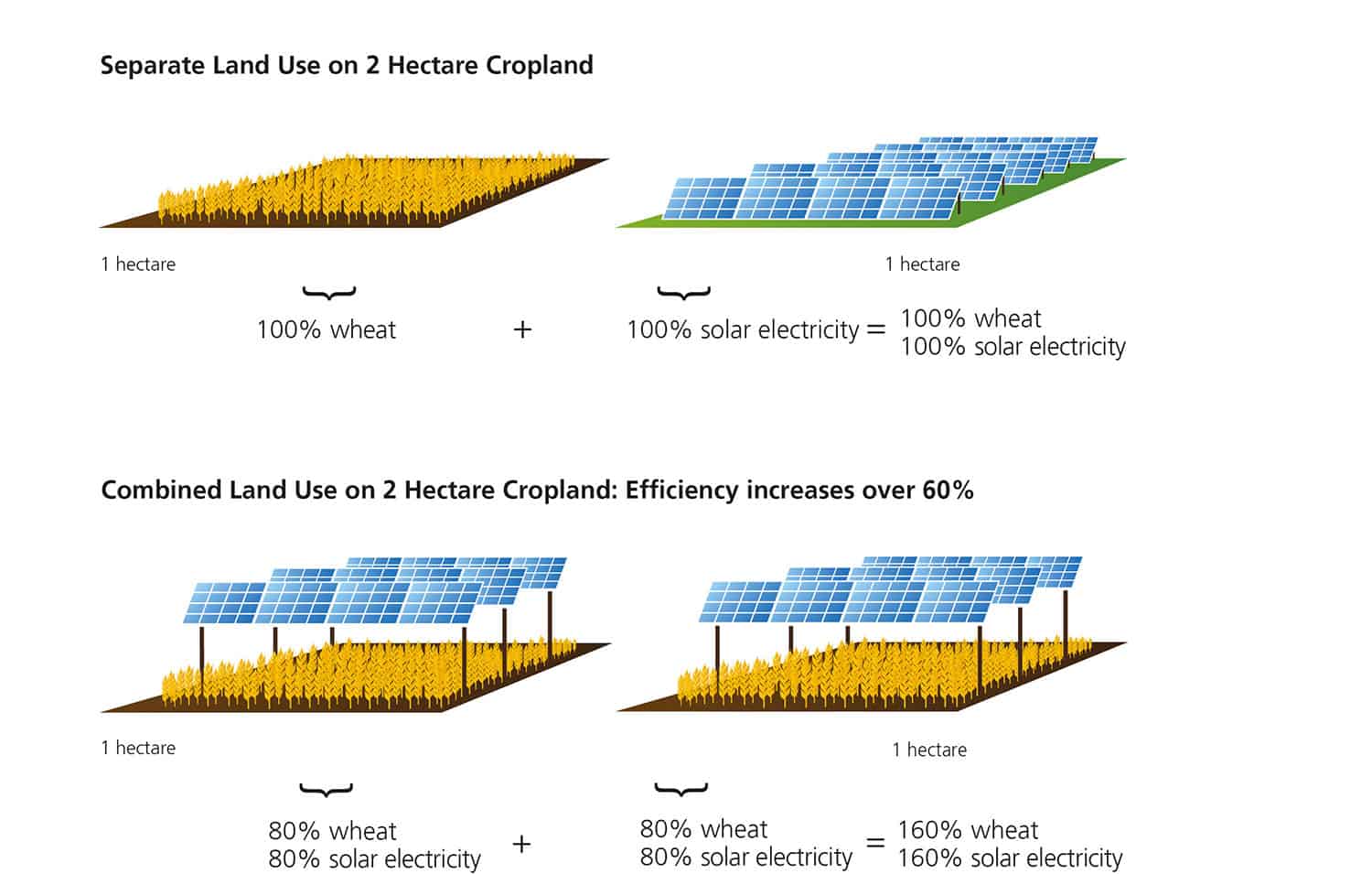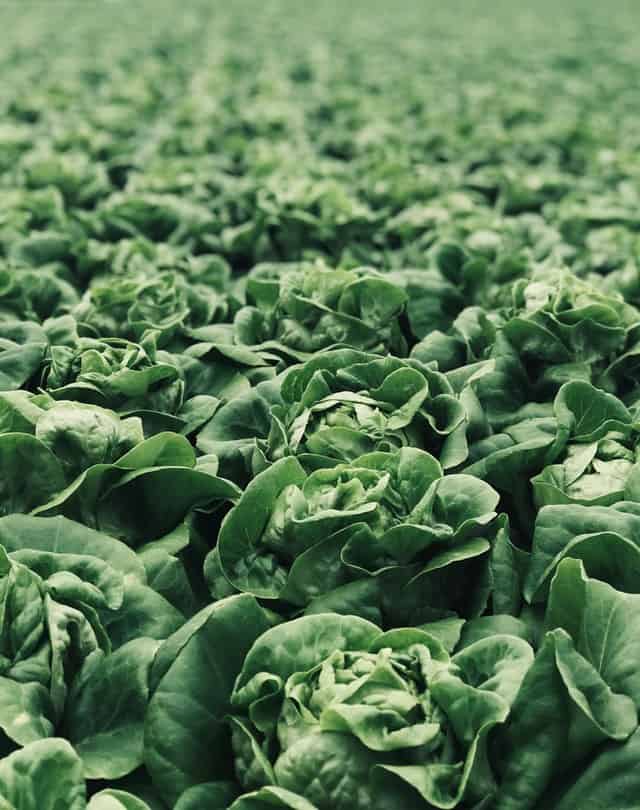Within the last few years, solar photovoltaic has grown dramatically. Many businesses, cities, social actors, and households have acknowledged that the environment is a necessity, and it’s easy to make a profit out of it. As a result, many have settled to implement the idea in their way. It worked in the farming sector as well. The popular notion of Agrivoltaic aroused.
What is Agrivoltaic?

Agrivoltaics also referred to as agrivoltaic, is the technique that uses the same land for both agricultural and photovoltaic power purposes. It was initially initiated by Armin Zastrow and Adolf Goetzberger in 1981. The mutual existence of crops and solar panels on the same piece of land means sharing the sunlight between the two kinds of production. Since its establishment, it has been significantly implemented in many parts of the world, especially in Japan since 2004, then in Europe and Asia.
Agrivoltaic History
Armin Zastrow and Adolf Goetzberger were the pioneers of Agrivoltaic. Being established in 1981, it was aimed at maximizing the utilization of the land. The notion here was to use arable land for both solar energy and plant cultivation to improve the overall production. The idea of addressing this issue was geared by the competition of property between individuals who were much into crop production and those that focused on solar energy production. It was a mutual benefit where the plant’s species absorbed photons from the light. Since the high rate of photons could not increase photosynthesis, Nagashima recommended the combination of farming and PV system so that the excess light will not go into waste. So the prototype was developed in Japan in 2004.
Since then, the technique was regarded as phototype, until 2011, when it was first published as Agrivoltaic. Across the globe, the method is popularly recognized under different names. For instance, in Italy, it is referred to as Agrovoltaics. In Germany, it is Agrophotovoltaics. In Asia, it is solar sharing.
Since one of the main aims of agricultural composition is to protect and preserve land, it is equally crucial that agrivoltaic is an agrarian production that should never be disregarded. Oblige of the farm output differs from one geographical area to another depending on the country’s legislation. It can also vary depending on the crop grown and the agrivoltaic objectives.
Crops used in Agrivoltaics

There are specific kinds of crops utilized with Agrivoltaic systems. Others can’t perform well with these systems since they can’t fair well in the shade. Plants that do well in the shade or areas with overly sunny will thrive ideally. According to research, crops like beans, peppers, tomatoes, spices, and herbs can perform well with agrivoltaics. Other study found that vegetables like chard, kale, lettuce, and basil can also perform well. Usually, in high light intensity, crops possess smaller leaves as an adaption for experiencing a lot of sunlight, which engulfs their photosynthesis.
Agrivoltaic benefits
During the hot days, there is a lot of overheating. So the solar panels assist the plants to carry out their photosynthesis. Usually, as long as the sunlight is available and the solar panels are properly positioned and placed high enough above the plants or crops. Crop and solar energy production will mutually benefit. With this creativity, the idea is increasingly becoming accessible and useful for reasons. Utilization of solar panel structure to protect and shade the farmland will assist in improving the overall crop yields while protecting specific worker insects such as bees.
Agrivoltaic in Australia

Agrivoltaic was initially initiated in Australia in 2004. Günter Czaloun recommended the utilization of a Photovoltaic system with a rope rack. They tried the system until 2007, when the prototype, created in South Tyrol was successful on a 0.1 ha. The cable system is approximately 5m above the ground. In 2017, the Intersolar conference was made in Munich were some individuals presented a new Agrivoltaic system. The technology utilized was somehow cheap compared to other networks since less steel was used.
Bottom line
Globally, counties like China, Italy, Japan, Germany, and the Southern part of Africa have started implementing the Agrivoltaic system, particularly in areas where land is an issue like Japan. In Japan, there are over 1,000 Agrivoltaic solar systems and more contracts have been initiated to develop more Agrivoltaic sites.